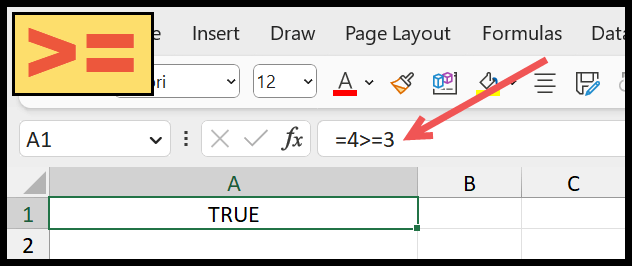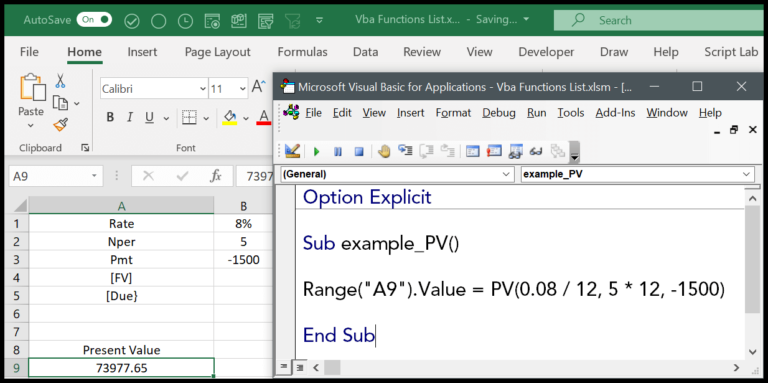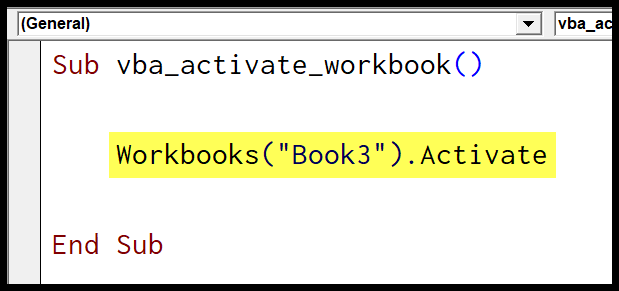As a programming enthusiast dabbling with Excel, I’ve found Visual Basic for Applications (VBA) to be an indispensable tool for automating tasks and customizing functions. One particular function that often comes in handy is the SECOND function. This little gem allows me to extract the seconds part from any given time value within my VBA scripts, streamlining the process of time manipulation considerably.
Understanding that time in VBA is a composite of hours, minutes, and seconds, the SECOND function neatly zeroes in on the last component, disregarding the others. This mimics the behavior of the SECONDS function used in Excel’s worksheets, providing consistency across the different environments I work in. Whether it’s organizing data timestamps or triggering time-sensitive actions, the SECOND function is a basic yet powerful aid in my VBA toolkit.
Syntax
Second(Time)
- Time: Any valid time value
| Input | Returns |
|---|---|
| Time | Numeric second |
Example:
Dim mySecond As Integer
mySecond = Second("14:45:30") ' Returns 30
Arguments
time (Variant): I specify a time value to retrieve the seconds part.
Type Description Numeric Expression Can be used as a time argument. String Expression Acceptable if it represents a time value. Integer An hour, minute, or second component. seconds (Integer): The seconds value I get from the given time.
Example: If I pass “13:45:30” as a time argument, I expect to retrieve 30 as the seconds value.
Example
Sub example_SECOND()
' Assigning the result of the SECOND function to cell B1
Range("B1").Value = Second(Range("A1"))
End Sub
In this snippet of VBA code, I grab the seconds from a timestamp in cell A1 of a Microsoft Excel worksheet and display the result in cell B1. Here’s a quick rundown of the process:
- Cell A1: Contains the original time value.
- Second Function: Extracts the seconds from the time.
- Cell B1: Displays the extracted seconds.
Executing this macro in Excel would update B1 with the seconds from A1’s time. For example, if A1 had 4:35:26 PM, B1 would show 26.

| Component | Description |
|---|---|
| MyTime | The variable holding my input time |
| MySecond | The variable storing the result |
| Range(“A1”) | The cell where MyTime is retrieved |
| Range(“B1”) | The cell where MySecond is displayed |
Notes
- Time Literals: I use time literals like
#4:35:17 PM#in my VBA projects. These respect my locale settings. - NULL times: When I pass a NULL as a time, I get NULL back. No surprises there!
- Errors: If I mess up and use a wrong time value, VBA gives me a type mismatch error (runtime 13).
- Environment: I code in Excel’s development environment—works great even in Excel 2007.
- Formats: In my code, times display in a short time format, which is super handy.



